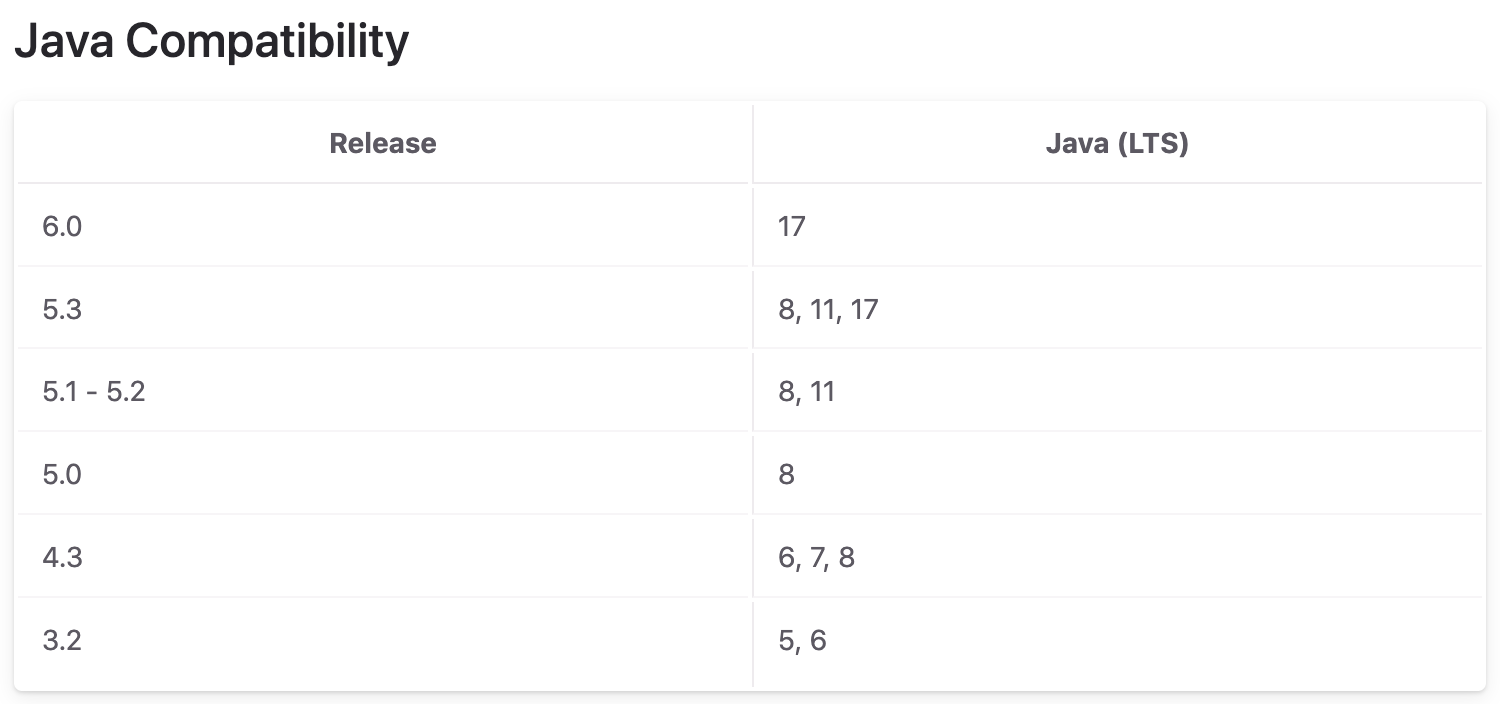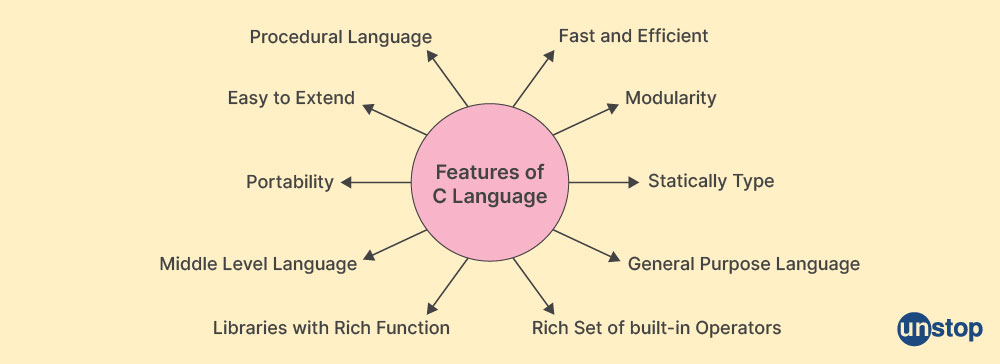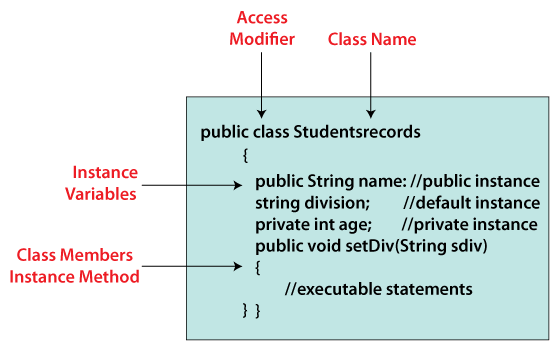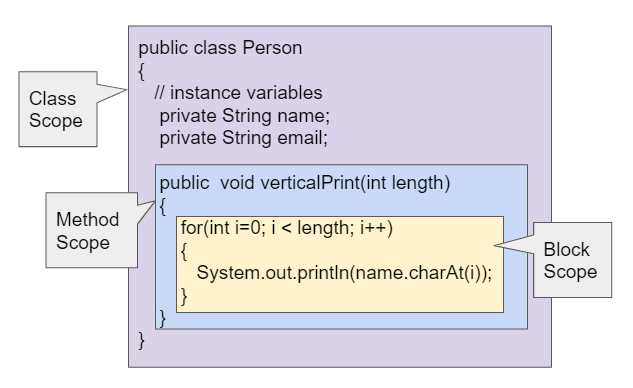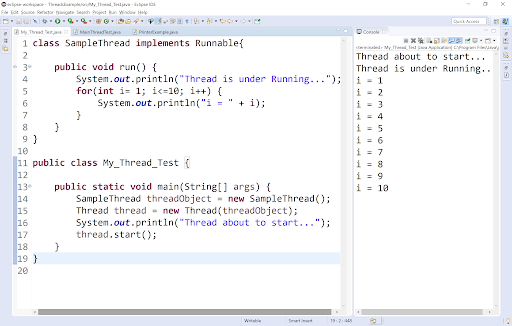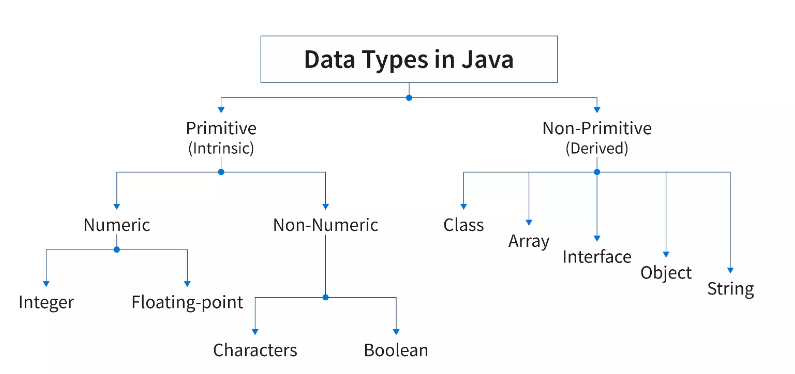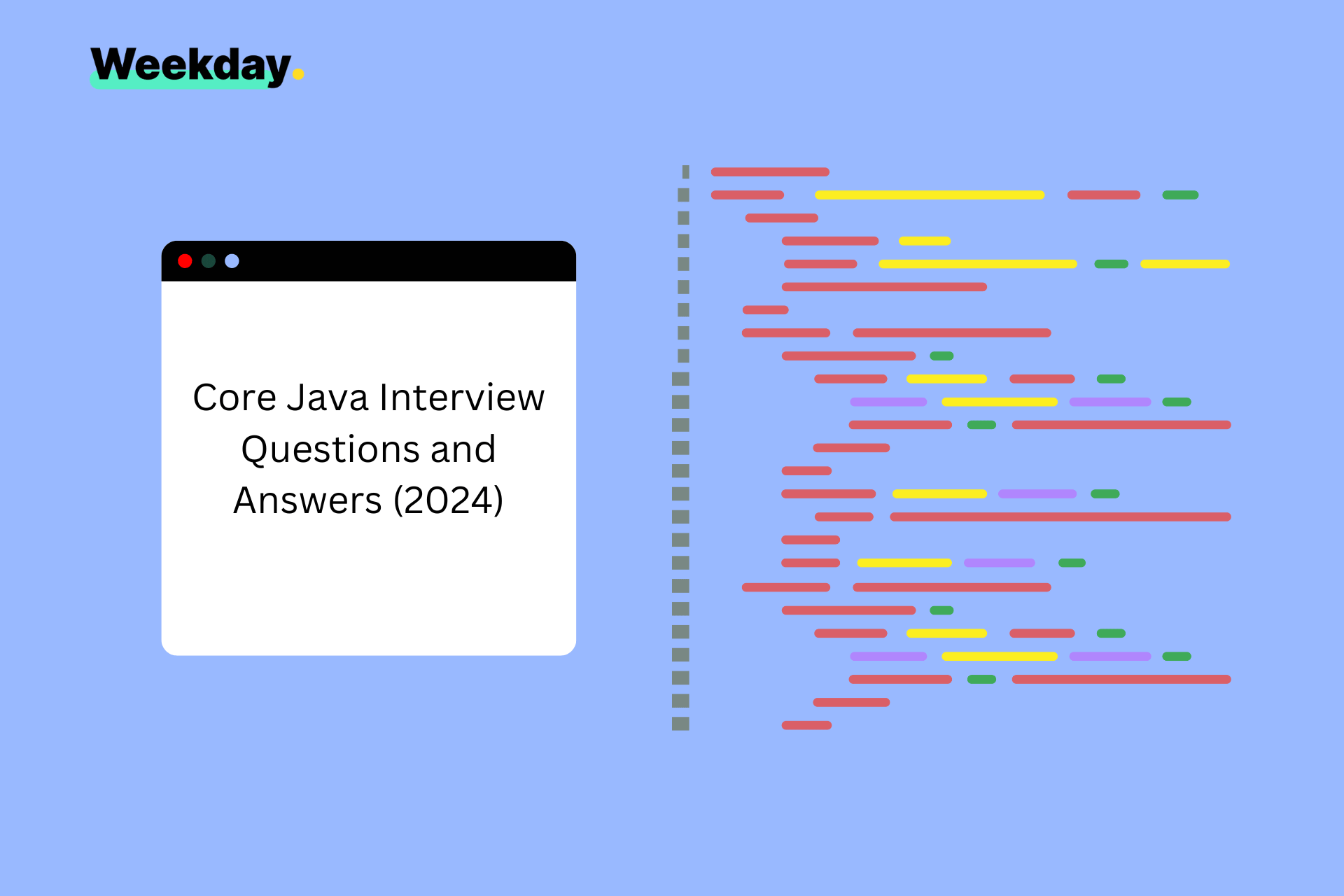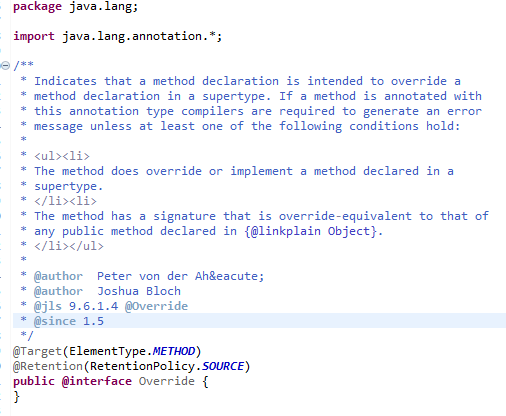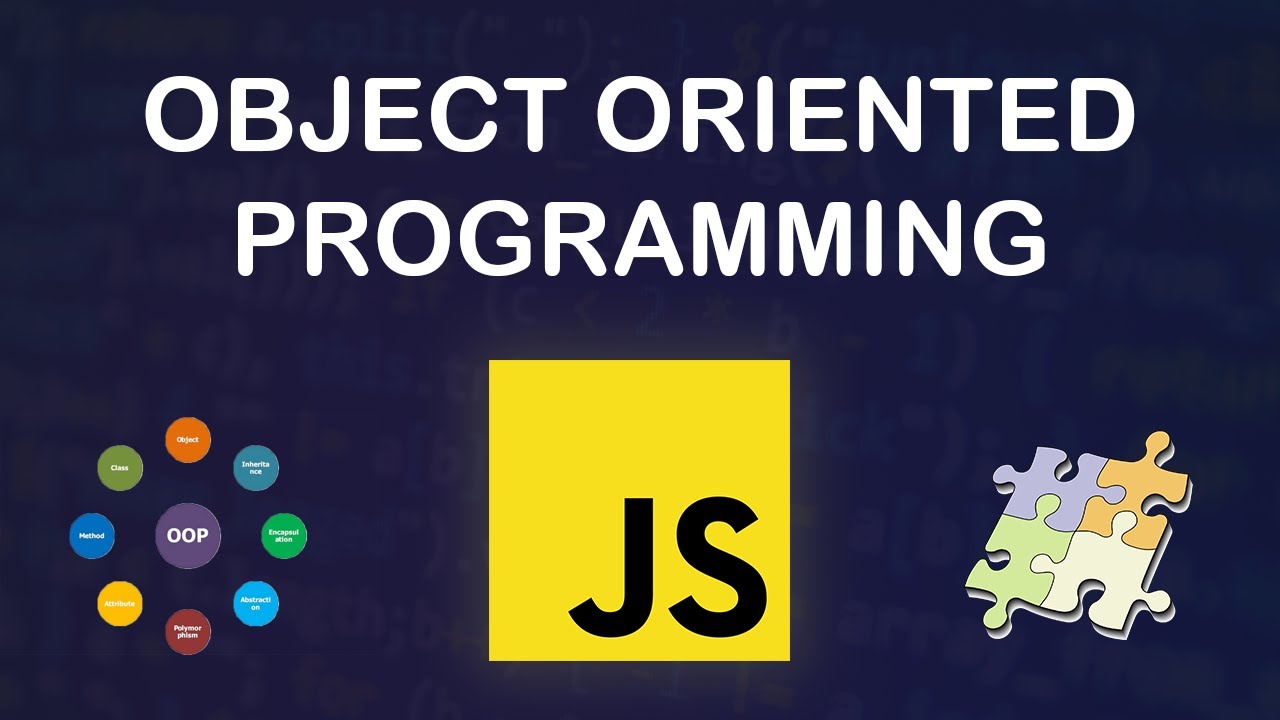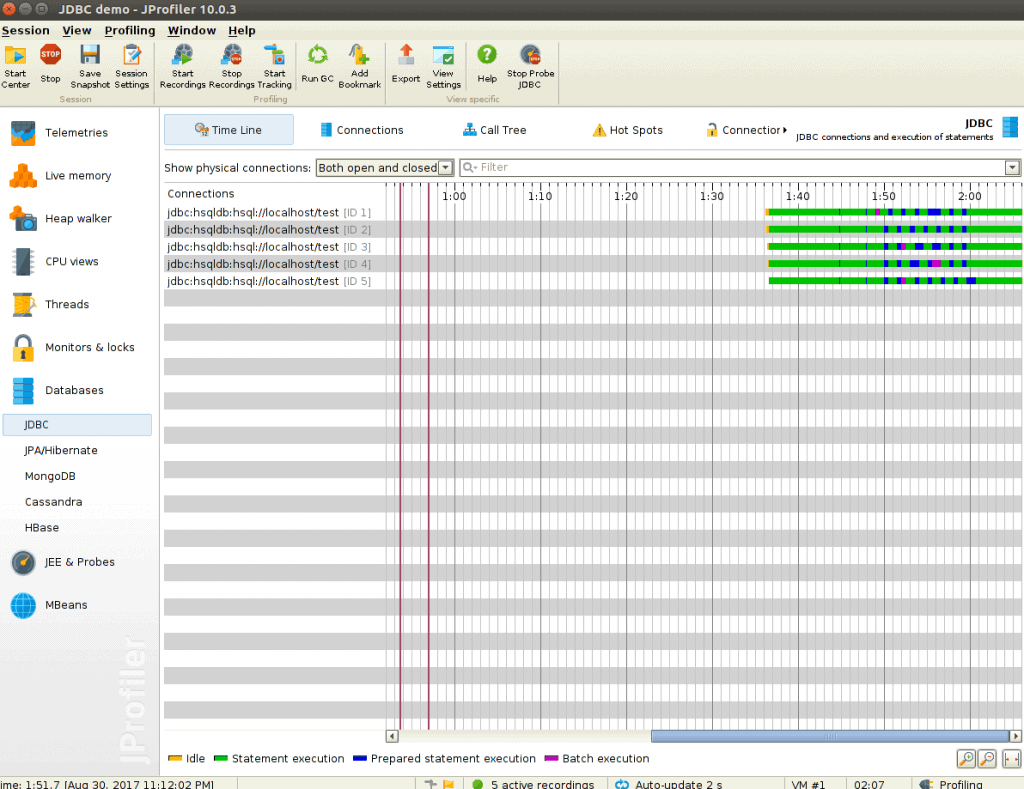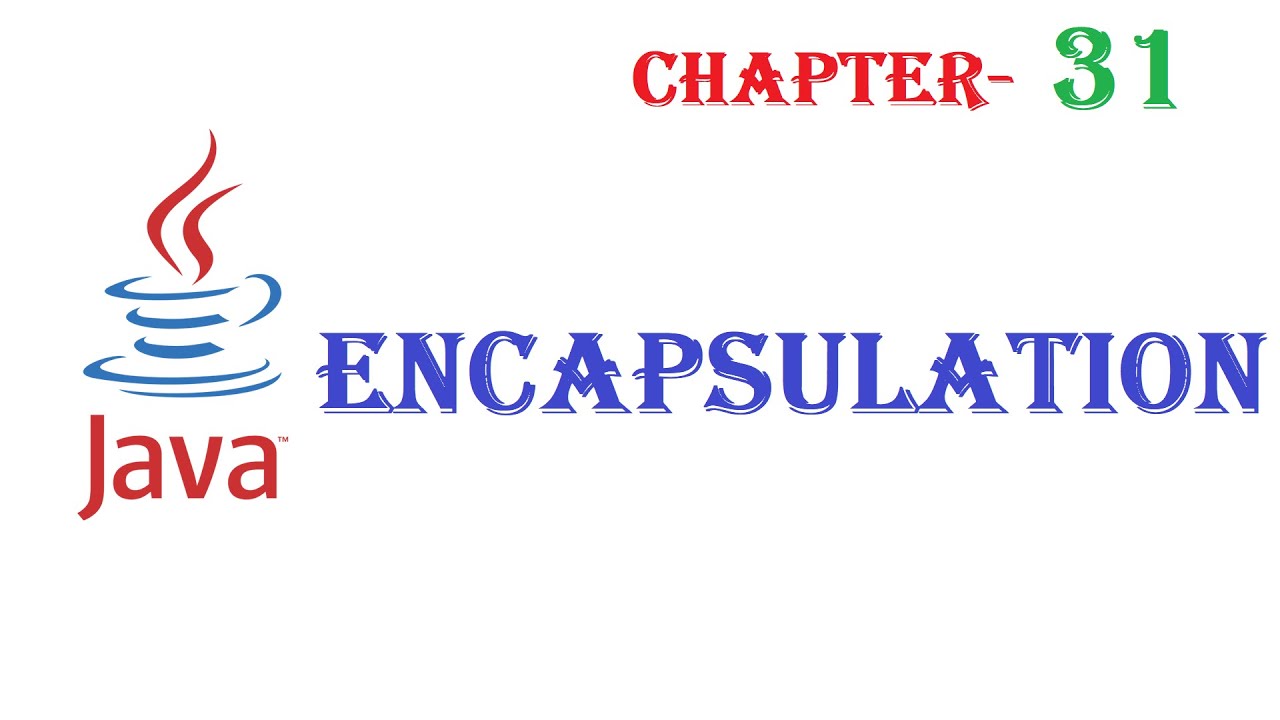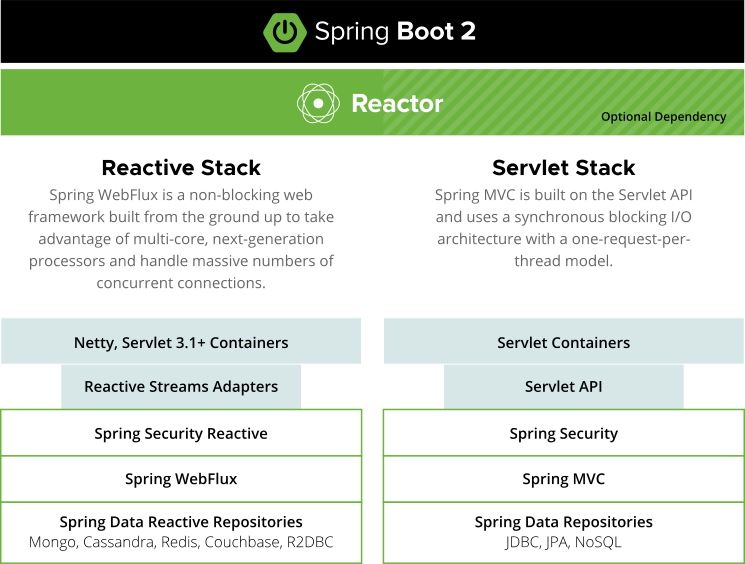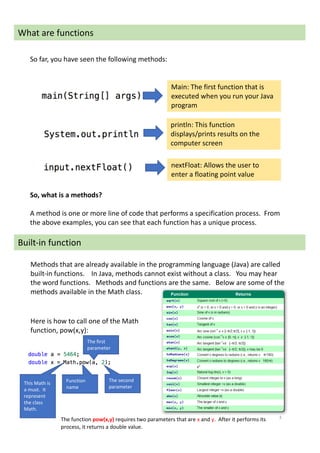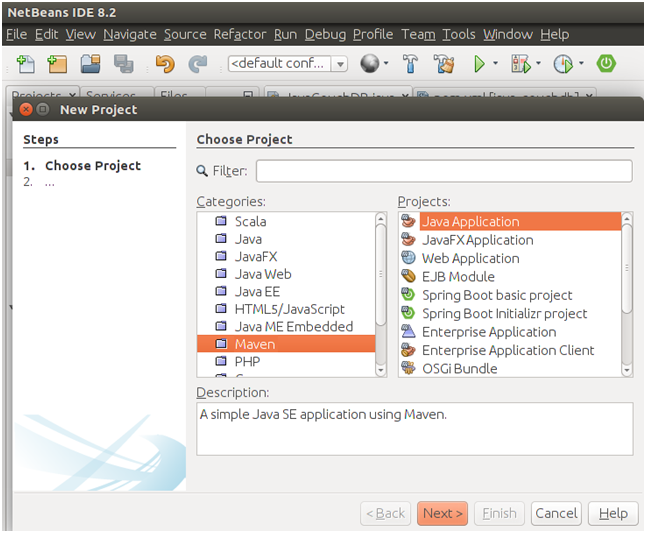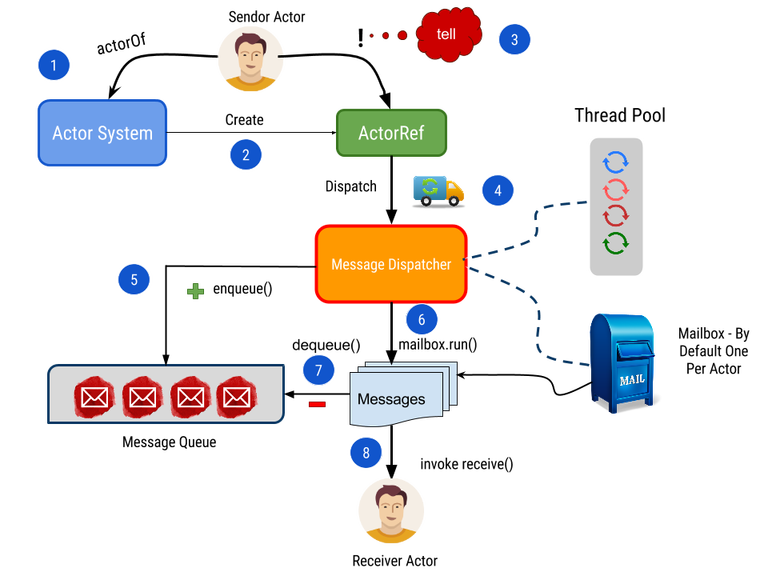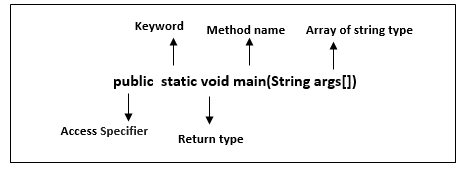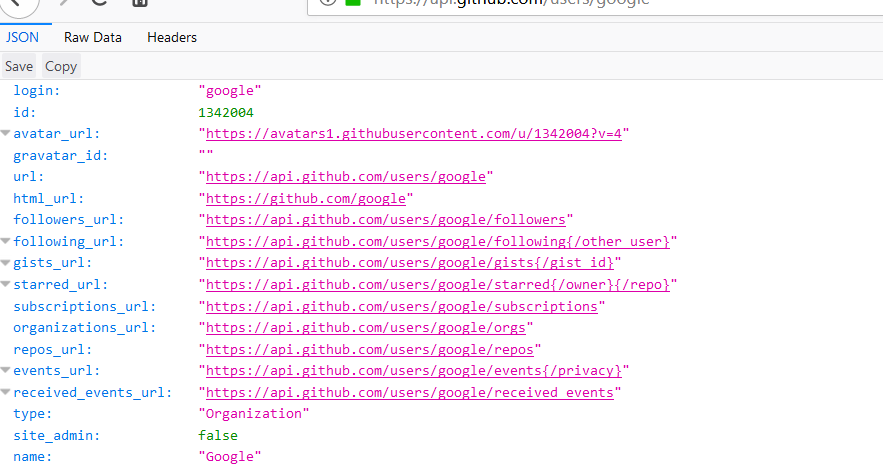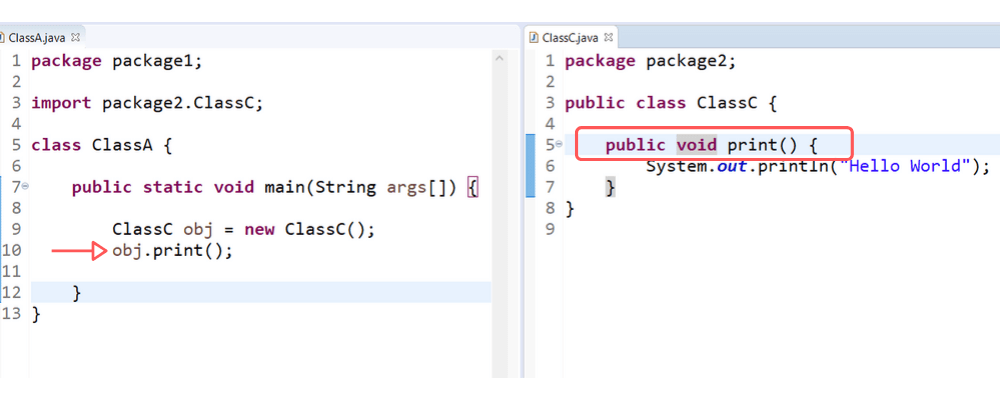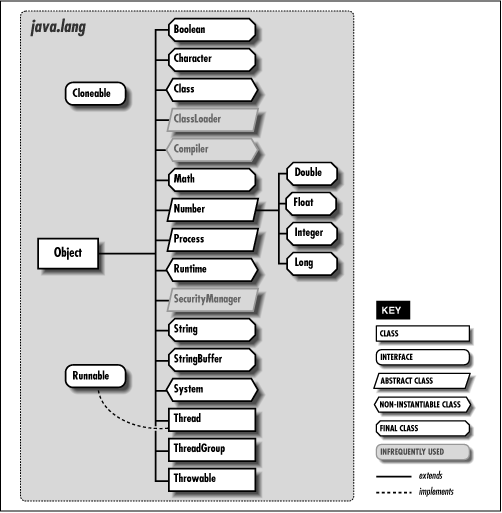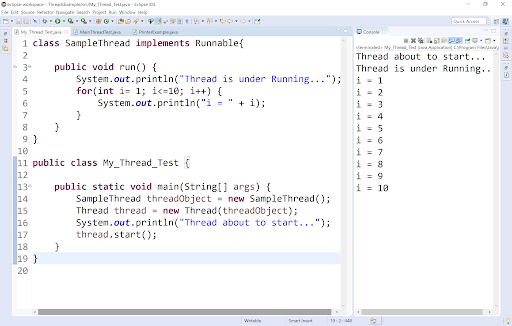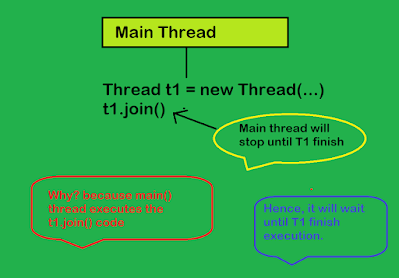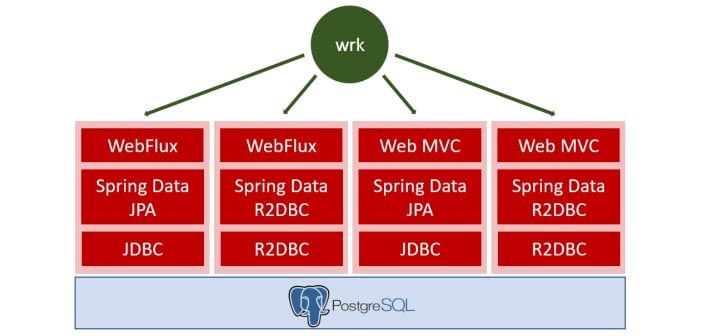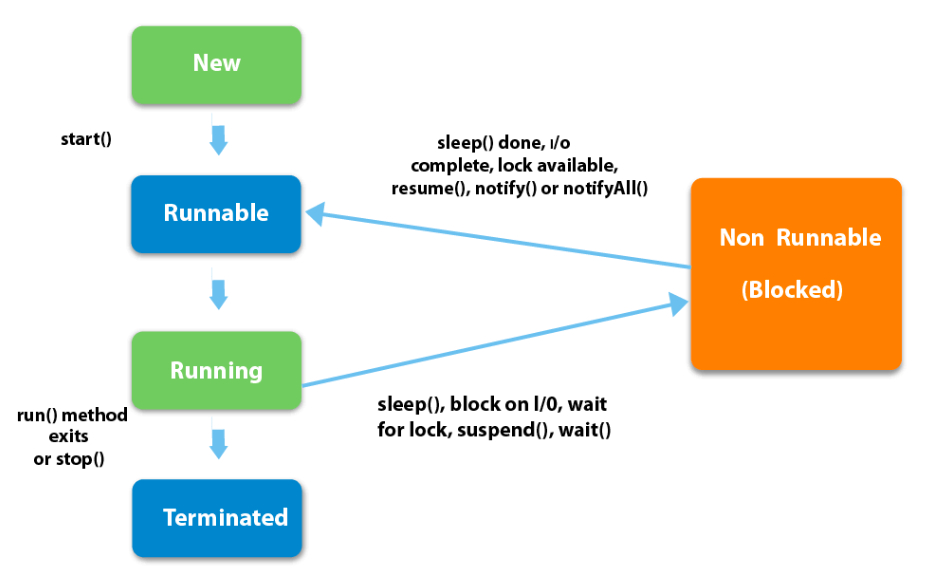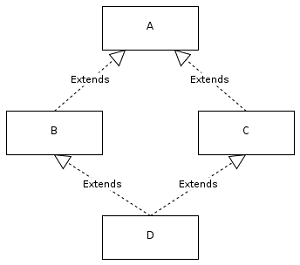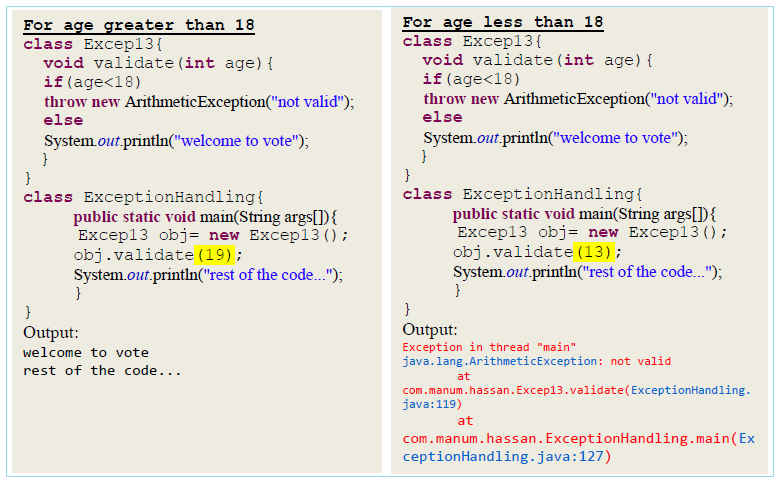Java asynchronous thread example
Java asynchronous thread example
I'm happy to help with that! Here's an example of a simple Java program that demonstrates the use of asynchronous threads:
import java.util.concurrent.Callable;
import java.util.concurrent.ExecutionException;
import java.util.concurrent.ExecutorService;
import java.util.concurrent.Executors;
import java.util.concurrent.Future;
public class Main {
public static void main(String[] args) throws InterruptedException, ExecutionException {
// Create an executor service with 5 threads
ExecutorService executor = Executors.newFixedThreadPool(5);
// Submit a few tasks for execution
Future future1 = executor.submit(new Callable() {
@Override
public Integer call() throws Exception {
Thread.sleep(2000);
System.out.println("Task 1 finished");
return 10;
}
});
Future future2 = executor.submit(new Callable() {
@Override
public Integer call() throws Exception {
Thread.sleep(1000);
System.out.println("Task 2 finished");
return 20;
}
});
Future future3 = executor.submit(new Callable() {
@Override
public Integer call() throws Exception {
Thread.sleep(3000);
System.out.println("Task 3 finished");
return 30;
}
});
// Get the results of the tasks
int result1 = future1.get();
int result2 = future2.get();
int result3 = future3.get();
// Shut down the executor service
executor.shutdown();
System.out.println("Final results: " + result1 + ", " + result2 + ", " + result3);
}
}
In this example, we're using the ExecutorService class to create an executor that manages a pool of threads. We then submit three tasks (represented by Callable instances) to be executed asynchronously.
Each task is a simple thread that sleeps for a certain amount of time and then prints out a message indicating when it finished. The submit method returns a Future instance that can be used to get the result of the task once it has completed.
In the main thread, we use the get method to retrieve the results of each task. This blocks until the task has completed, at which point the result is returned.
Finally, we shut down the executor service using the shutdown method to prevent any new tasks from being submitted.
This example demonstrates how you can use asynchronous threads in Java to execute tasks concurrently and then retrieve their results when they have finished.
java asynchronous programming best practices
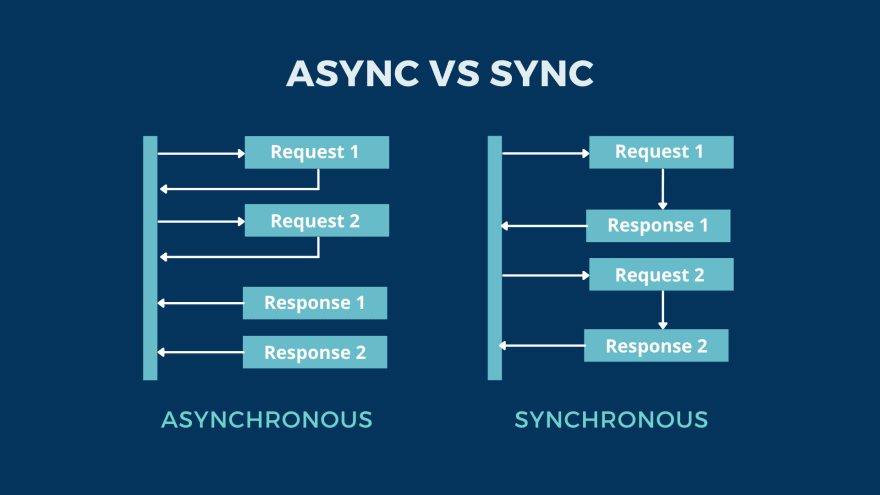
Here are some best practices for Java asynchronous programming:
Use the Right Tools: Java has built-in support for asynchronous programming through its concurrency API, which includes classes such asExecutor, Runnable, and Callable. Use these APIs to write concurrent programs that can efficiently handle multiple tasks at once.
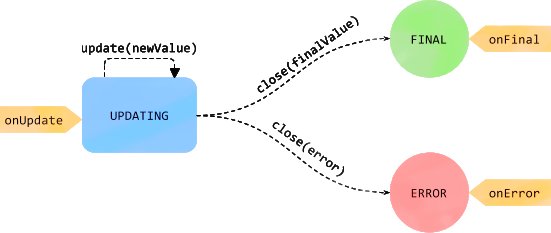
ExecutorService class, which allows you to define a maximum number of threads and how they should be used.
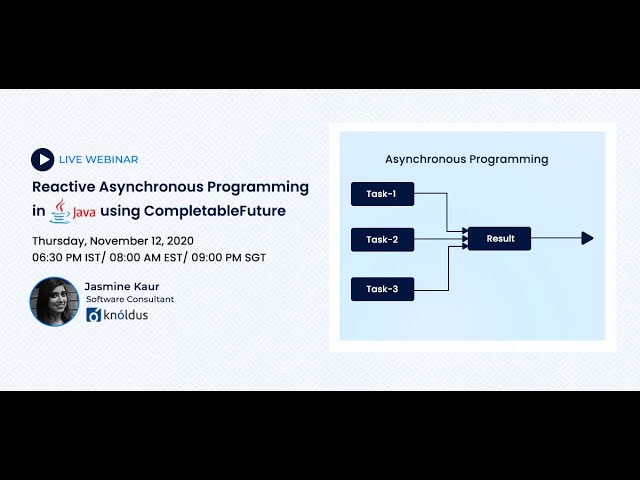
synchronized blocks carefully, and never lock on the same object from different threads without careful consideration. Use Semaphores: If you need to synchronize access to a shared resource, consider using semaphores instead of locks. Semaphores provide a way to limit access to a resource to a certain number of threads at once, which can be more efficient than locking.
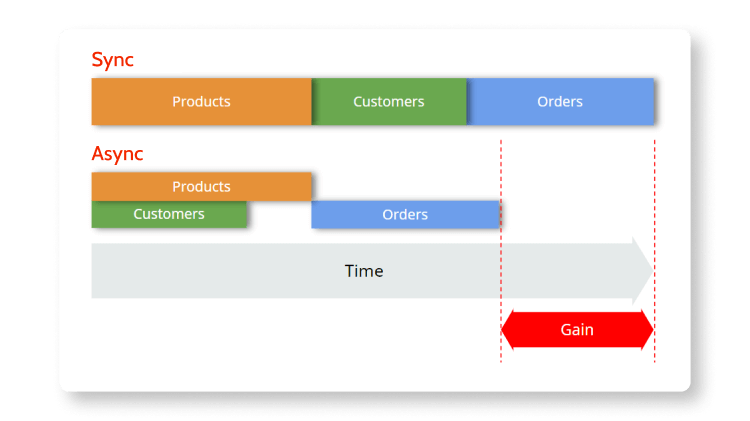
In summary, the best practices for Java asynchronous programming include using the right tools (concurrency APIs), avoiding deadlocks and shared state, using semaphores and futures wisely, keeping it simple, testing thoroughly, and considering the use of libraries or frameworks to simplify your code.
